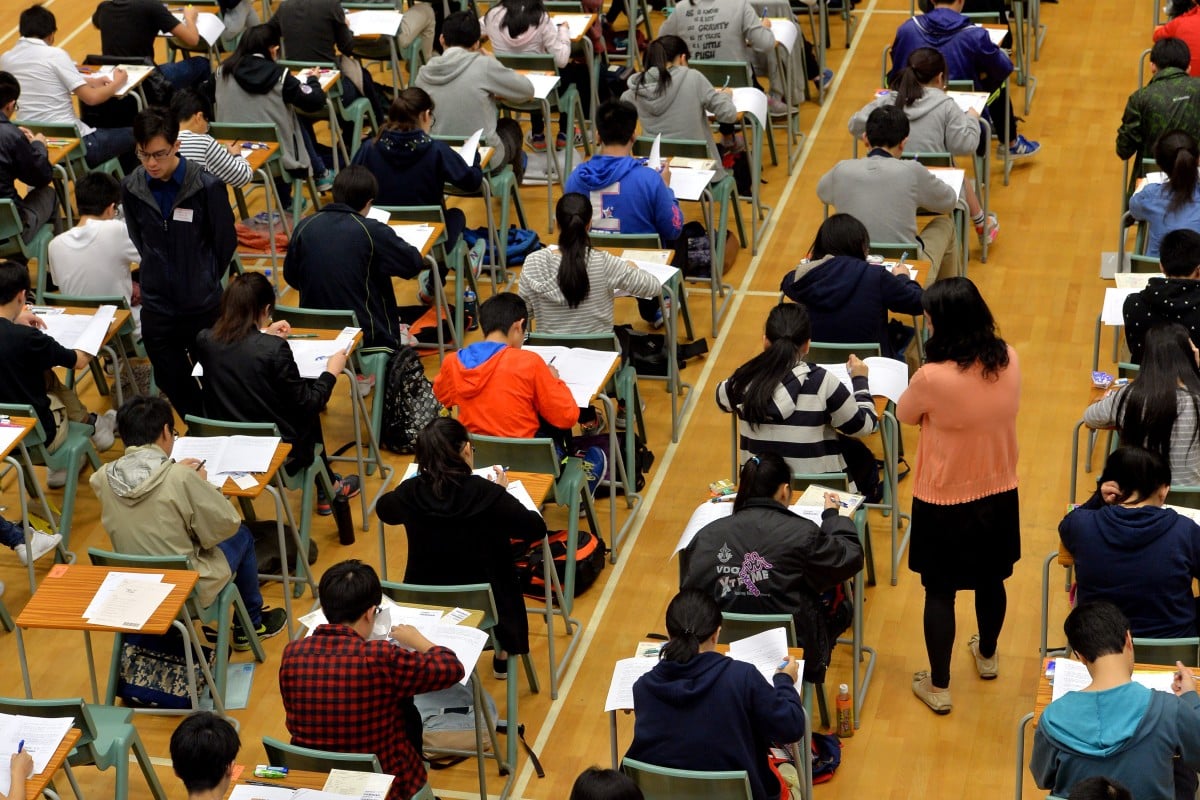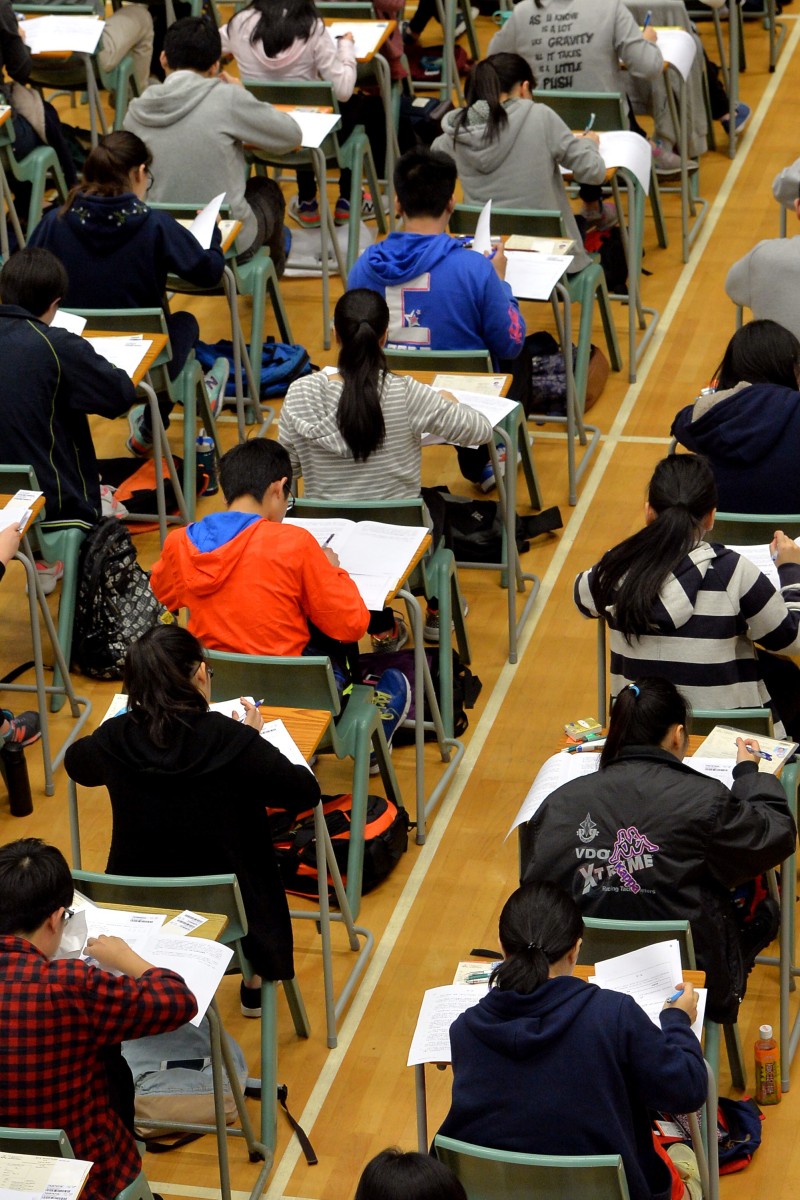
Today’s DSE Geography exam was not particularly tough, but there were a number of tricky questions, teachers and students say.
Paper One’s Section 1A, which consisted of 40 multiple-choice questions, some of which 18-year-old candidate Charlotte Chong Hoi-kwo said were unclear or difficult.
“The map-reading questions (Q1-8) took me nearly 15 minutes as they were challenging. I got stuck calculating the average gradient of the footpath in Q3 as I am not particularly strong in maths. Doing these map-reading questions required us to keep a clear mind in a tense situation,” the CCC Mong Man Wai College student said.
Charlotte complained that some multiple choice questions were vague. “It was hard to select the answers based on the unclear questions and limited sources. For example, Q26, which asked us to identify possible problems relating to land use, was tricky, as we were only given a picture of an area filled with containers. There were three choices: noise pollution, traffic congestion, and land use conflict. We had to select two or more of these, but I did not see any relation between the containers and noise pollution or traffic congestion,” she said.
A geography teacher surnamed Ching also found that some questions in Paper One were not very clear. “Section C Q6 asked students to talk about the housing problems in the city. Students might not have known where to start, as there are multiple housing problems. It was more like a liberal studies question because students could talk about different factors, such as insufficient public housing. They could list and explain many problems but the examiners would expect an in-depth analysis,” she said.
Titus Chan, a geography tutor at Modern Education, agreed, saying the term "housing problems" was too broad. “Students might have found this term difficult to understand as it was not specific enough. The problems ranged from urban decay to landuse conflict, but candidates could talk about other issues such as soaring property prices in which the subject has not mentioned,” said Chan.
Both Chan and Ching said there would be at least one question based on a field study report on the DSE Geography exam from now on, as the School-Based Assessment is soon being scrapped. This year, it was Section B Q1, and featured a field study of a coastal area in Sai Kung. Both teachers said it was important to note the instruction to use evidence to support the answer to Q1.a (iii). They could follow these steps: first, list the grid square 2874; and second, show that it was a sheltered location, so the wind speed and wave energy would be lessened.
Ching said Paper Two was simpler, as it contained sufficient sources and straight-forward questions. “Q1. a (i) in Section D required students to name the rock and how it leads to soil erosion. Candidates should be able to handle these questions,” she said.
But students might have been surprised to see that Section D Q2 was about typhoons, which had not appeared on previous years' papers.
